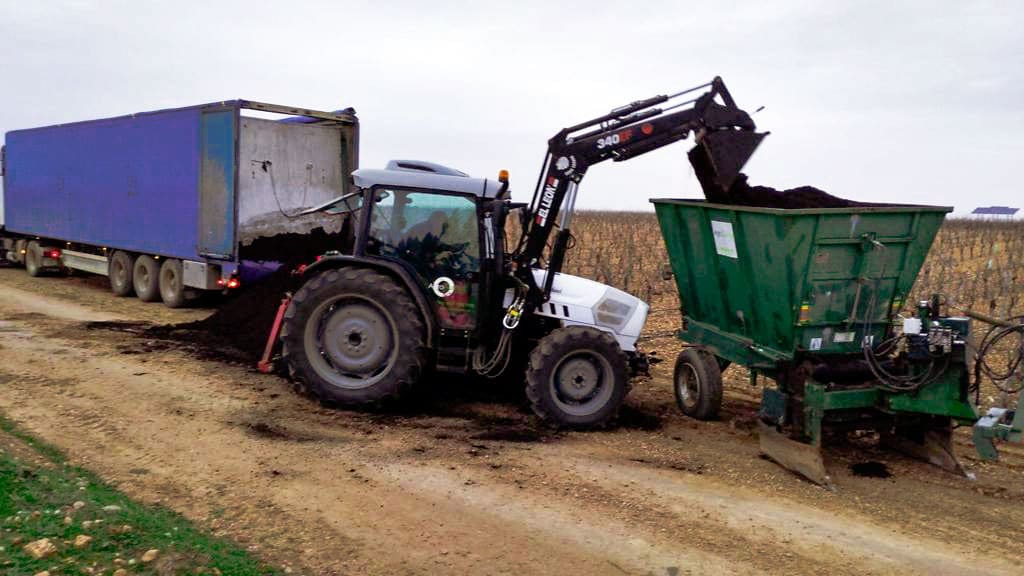Start » Background fertilization in the cultivation of the pistachio tree
Background fertilizer in the cultivation of the pistachio tree.
Pistachio cultivation is an agricultural activity that has experienced great growth in recent years due to the growing demand for this nut throughout the world and its economic profitability. Largely thanks to the healthy benefits of pistachios in the diet, since raw or roasted they have antioxidant properties and provide cardiovascular protection.
The pistachio tree (Pistacia vera) It is a species that requires specific care for its correct development. and to obtain quality production and sufficient quantity. One of the most important aspects in the cultivation of pistachio is the fertilization, and within this, the background fertilization.
In this Mister Pistacho blog post we are going to delve deeper into this topic explain how the bottom fertilizer can be optimized in the cultivation of the pistachio tree.
What is background subscriber?
Bottom fertilization is a technique that consists of applying fertilizers mixed with the soil at the time of planting and throughout the life of the plant. Its objective is to provide an adequate nutritional base for root growth. and, therefore, for the development of the plant, in all stages of your life, both in the training and production phases.
In the case of pistachio cultivation, background fertilization is a very important technique, since the pistachio tree is a species that has slow growth in its first years of life and needs an adequate supply of nutrients for its correct development.
When should bottom fertilization be carried out in the pistachio tree?
The background subscriber It is done at the time of planting, from the transplantation of pistachio trees and during the winter in the later years of the plant's life, right after pruning the pistachio tree, another key aspect in the cultivation and growth of the plant that we already talked about in another blog entry.
It is important to note that most pistachios are grown from rootstocks or seedlings, so It is essential to provide an adequate nutritional base at the time of planting.
The fund payment can be made every year, not only in the early stages of development of the pistachio plant. It is advisable to make a background payment in later years, even in mature plants, to maintain the soil in optimal conditions and promote fruit production.
In the case of pistachio plants that are purchased from a pistachio nursery, it is advisable to ask the nurseryman about the type of fertilizer used on the plant. Quality nurseries usually provide mycorrhizae, amino acids, NPK, etc. in their fertilizer plans. If the plant is purchased in a pot it will have a rich content of fertilizer, although this does not mean that it does not mean providing organic matter at the time of planting at the bottom of the plant, such as humus, to enrich the bottom of the agricultural soil.
What fertilizer should be used in the background fertilization of the pistachio tree?
The fertilizer used in the background fertilizer It must be rich in nutrients, organic matter and suitable for the soil in which the pistachio tree will be planted.. Therefore, it is important to carry out an analysis of the soil, as well as the irrigation water if it were an irrigated plot, to adjust the doses and products. It is advisable to use between 10 and 20 tons per hectare of organic fertilizers such as manure, preferably well-composted sheep, or chicken manure, which are more respectful of the environment and provide a wide variety of nutrients.
In any case, there are different types of organic fertilizers on the market that can be used to fertilize the bottom of the pistachio tree, such as compost, composted manure, guano, worm castings, etc.
Chemical fertilizers can also be used, but it is important to ensure that they are suitable for pistachio cultivation and follow the manufacturer's instructions for use. A common fertilization scheme consists of adding 3.6 – 5.4 kg of NPK 4-7-7 + 2 MgO with humic and fulvic acids, incorporating Leonardite, for each pistachio plant between the end of winter and the beginning of the spring (February-March) and water-soluble fertilizer NPK 15-15-15 through irrigation during spring (April-May), or even triple 18 if the trees are adults.
The main fertilizers that a pistachio crop needs are nitrogen, phosphorus and potassium., although you can also apply calcium, boron and zinc among others according to your needs. Young trees require more nitrogen, hence the importance of bottom fertilization prior to planting the crop. And trees in production need a high boron fertilizer.
How is bottom fertilization carried out in pistachio cultivation?

The first thing to do is prepare the land so that the soil is well aerated and free of stones, weeds and other elements that may interfere with the growth of the plant.
Next, the bottom fertilizer is added by mixing the chosen fertilizer with the soil. The dose of fertilizer that should be applied will depend on the type of fertilizer used and the characteristics of the soil and climate. It is advisable to use a 1:1 ratio between fertilizer and soil to provide an adequate nutritional base for the pistachio tree.
In general, It is recommended to apply between 2 and 3 kg of fertilizer per plant at the time of planting or during the first year of the plant's life. It is important that the fertilizer is mixed well with the soil and that it is watered abundantly after application so that the nutrients reach the roots of the plant, if the fertilizer is superficial.
After application of the background fertilizer, the nutritional status of the plant must be monitored and if nutritional deficiencies are detected, a specific fertilizer must be applied to solve the problem. Said fertilization in the campaign can be carried out foliarly, taking advantage of some insecticidal treatment, such as against clytra, or fungicide. We always recommend incorporating the fertilizer into the broth foliarly.
